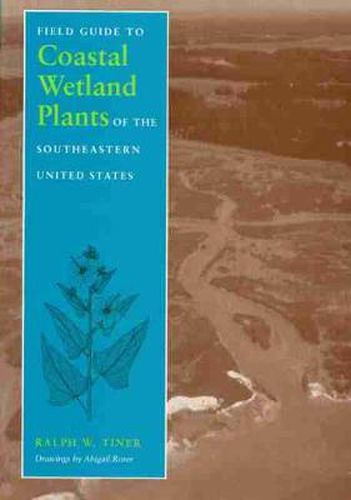Readings Newsletter
Become a Readings Member to make your shopping experience even easier.
Sign in or sign up for free!
You’re not far away from qualifying for FREE standard shipping within Australia
You’ve qualified for FREE standard shipping within Australia
The cart is loading…






Tidal wetlands are a dominant landscape feature of the coastal zone in the southeastern United States. These wetlands are largely colonized by salt-tolerant plants forming salt and brackish marshes or mangrove swamps, or by other water-tolerant species in tidally influenced freshwater areas. Anyone driving to southern beaches is likely to have crossed coastal wetlands on the trip, since these wetlands often stretch for miles between barrier island beaches and the mainland. Oftentimes, people, both young and old, can be seen fishing or crabbing from bridges crossing tidal rivers or creeks. This provides one of very many direct evidence of the productivity and value of these natural habitats. This book is arranged in four major sections: (1) Coastal Wetland Ecology: A General Overview, (2) Identification of Coastal Wetland and Aquatic Plants, (3) Wetland Plant Descriptions and Illustrations, and (4) Distribution of Coastal Wetlands in the Southeast. In addition, a list of references used in preparing this book and a glossary of technical terms are provided.
$9.00 standard shipping within Australia
FREE standard shipping within Australia for orders over $100.00
Express & International shipping calculated at checkout
Tidal wetlands are a dominant landscape feature of the coastal zone in the southeastern United States. These wetlands are largely colonized by salt-tolerant plants forming salt and brackish marshes or mangrove swamps, or by other water-tolerant species in tidally influenced freshwater areas. Anyone driving to southern beaches is likely to have crossed coastal wetlands on the trip, since these wetlands often stretch for miles between barrier island beaches and the mainland. Oftentimes, people, both young and old, can be seen fishing or crabbing from bridges crossing tidal rivers or creeks. This provides one of very many direct evidence of the productivity and value of these natural habitats. This book is arranged in four major sections: (1) Coastal Wetland Ecology: A General Overview, (2) Identification of Coastal Wetland and Aquatic Plants, (3) Wetland Plant Descriptions and Illustrations, and (4) Distribution of Coastal Wetlands in the Southeast. In addition, a list of references used in preparing this book and a glossary of technical terms are provided.